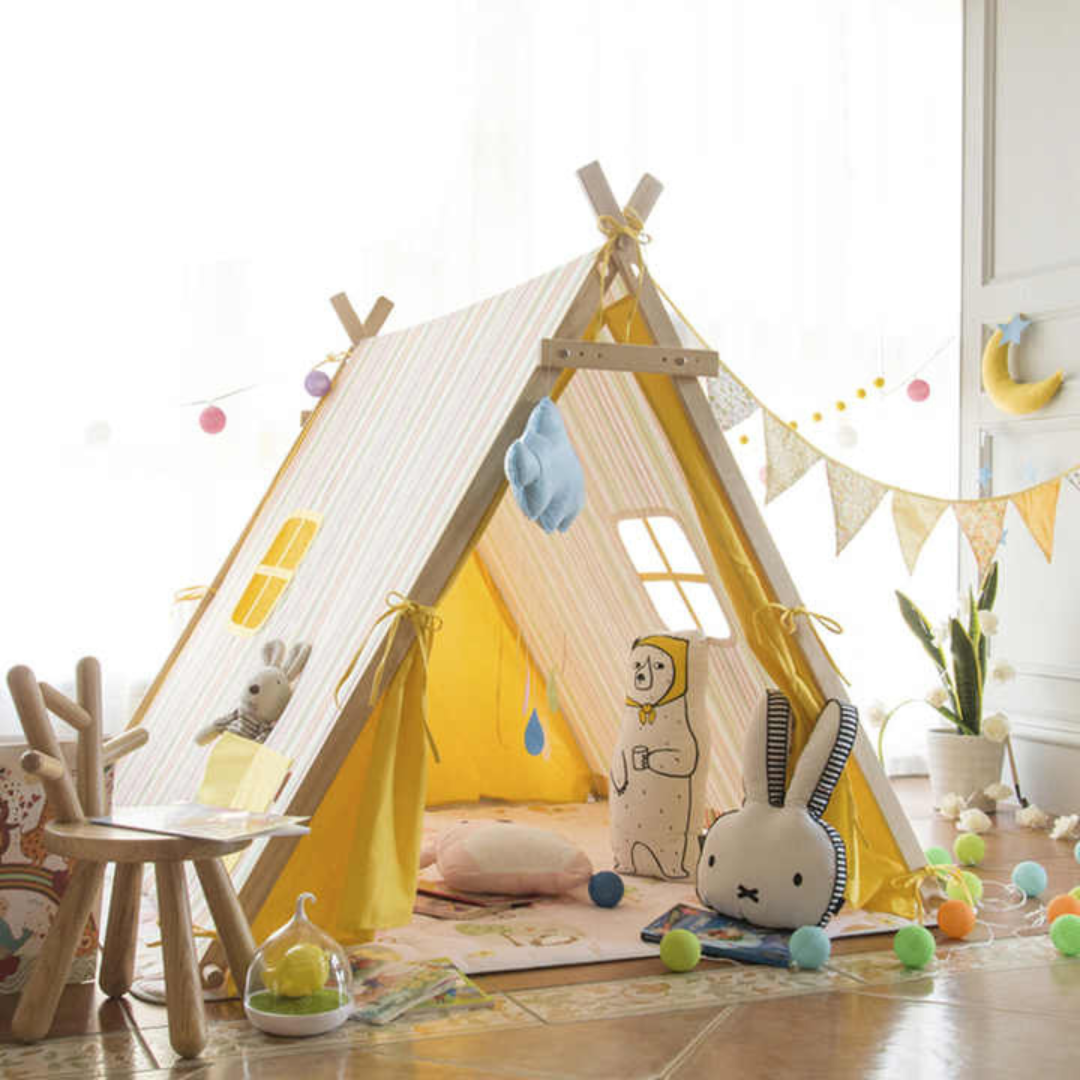A wooden alphabet educational puzzle can teach your child a variety of valuable skills and knowledge. Here are some key learning outcomes:
-
Letter Recognition: The wooden alphabet puzzle introduces children to uppercase and lowercase letters. They can practice identifying and matching letters to their corresponding slots in the puzzle, aiding in letter recognition and letter-sound association.
-
Vocabulary Development: As children engage with the wooden alphabet puzzle, they can learn new words associated with each letter. Exploring the puzzle pieces and discussing the objects or animals depicted on them enhances vocabulary development and expands their language skills.
-
Fine Motor Skills: Manipulating the puzzle pieces and fitting them into their respective slots requires precise hand-eye coordination and fine motor skills. As children grasp and place the wooden letters, they strengthen their dexterity and refine their finger movements.
-
Cognitive Skills: Solving the puzzle promotes cognitive development by requiring children to think critically and problem-solve. They learn to analyze shapes, sizes, and orientations to determine the correct placement of each letter, fostering spatial awareness and logical thinking.
-
Sequencing and Order: The alphabet puzzle introduces the sequential order of letters in the alphabet. Children can practice arranging the letters in the correct sequence, reinforcing their understanding of alphabetical order.
-
Phonics and Reading Readiness: As children engage with the wooden alphabet puzzle, they can begin to associate letters with their corresponding sounds. This foundational knowledge paves the way for phonics instruction and reading readiness, as children develop phonemic awareness.
-
Tactile Sensory Experience: Wooden alphabet puzzle pieces provide a tactile sensory experience. Children can feel the texture of the wooden pieces, enhancing their sensory exploration and engagement.
-
Focus and Concentration: Working on the puzzle encourages children to concentrate, pay attention to details, and persist in problem-solving. It supports the development of focus and concentration skills, which are essential for learning and academic success.
-
Independent Play and Self-Expression: The wooden alphabet puzzle can be an independent play activity where children explore and engage at their own pace. It allows them to express their creativity, imagination, and problem-solving abilities as they manipulate the puzzle pieces.
By using a wooden alphabet educational puzzle, children can acquire foundational literacy skills, develop fine motor skills, enhance cognitive abilities, and foster a love for learning. It offers an interactive and engaging learning experience that lays the groundwork for future language and literacy development.







